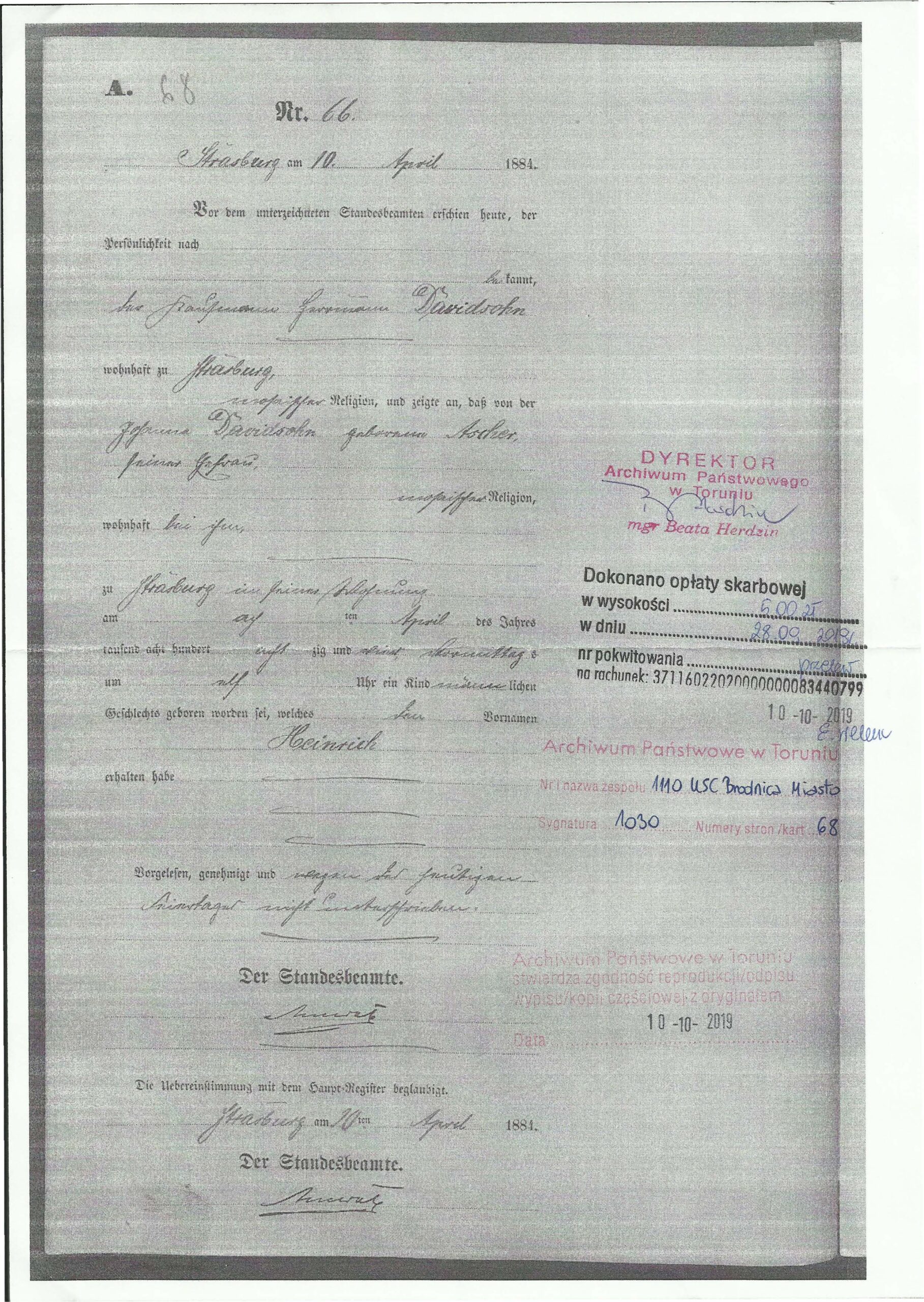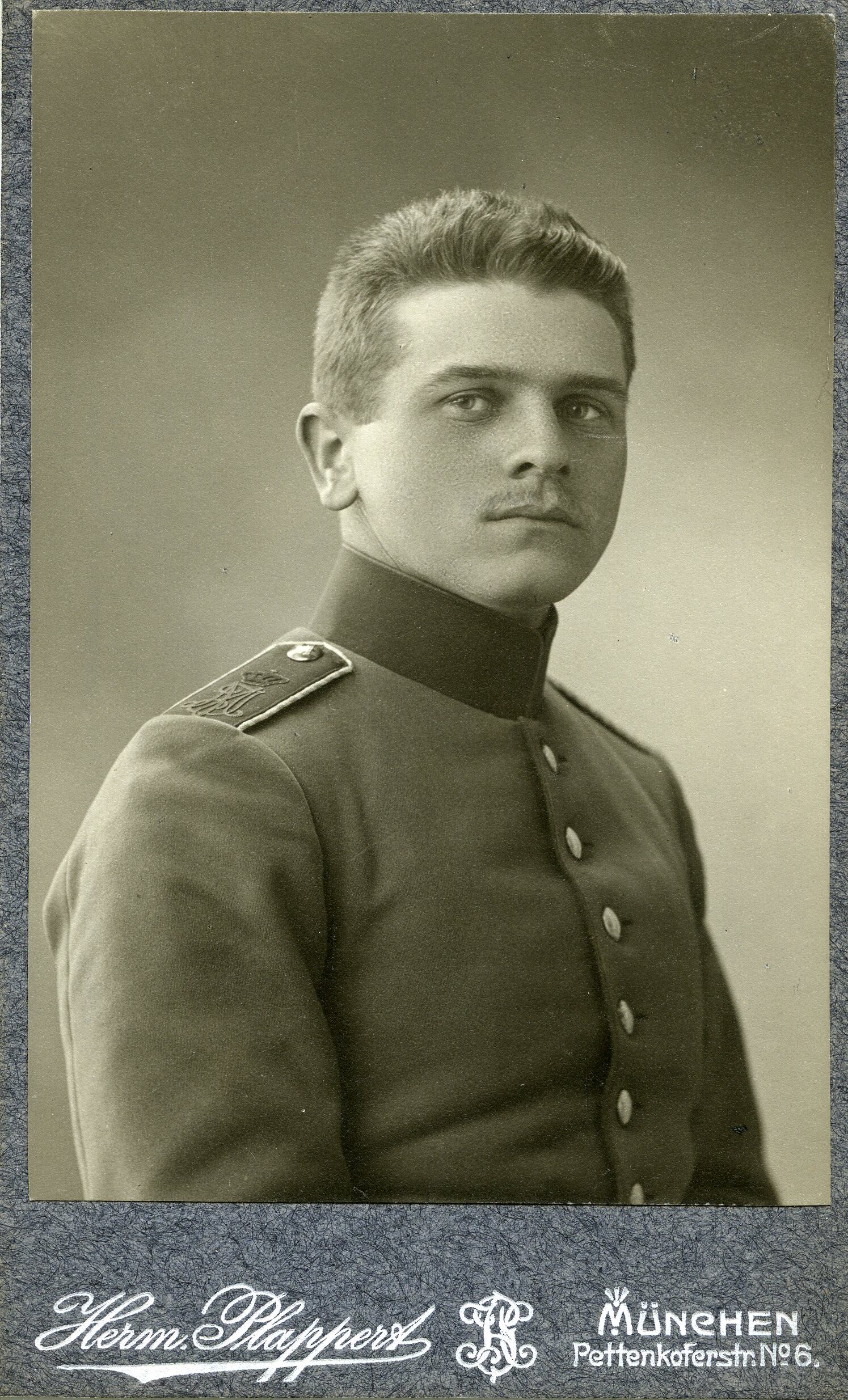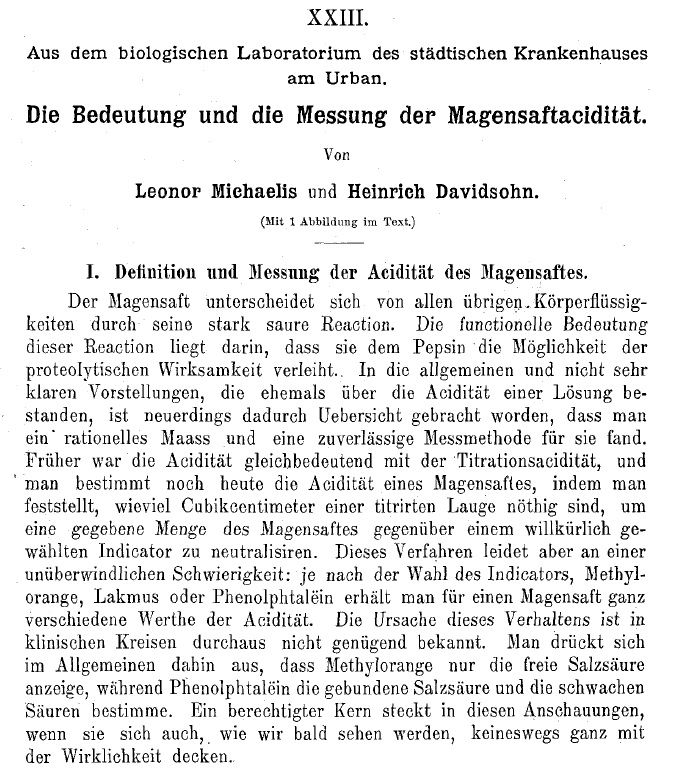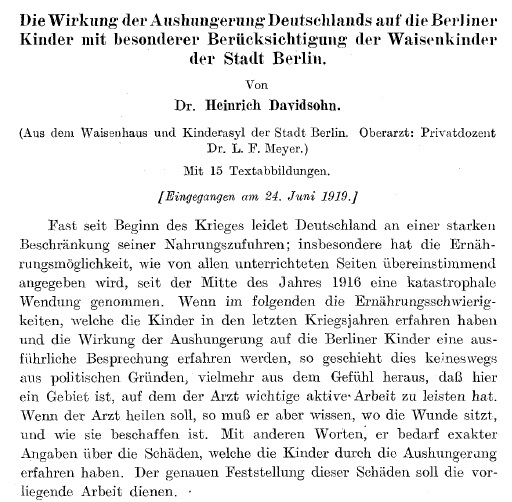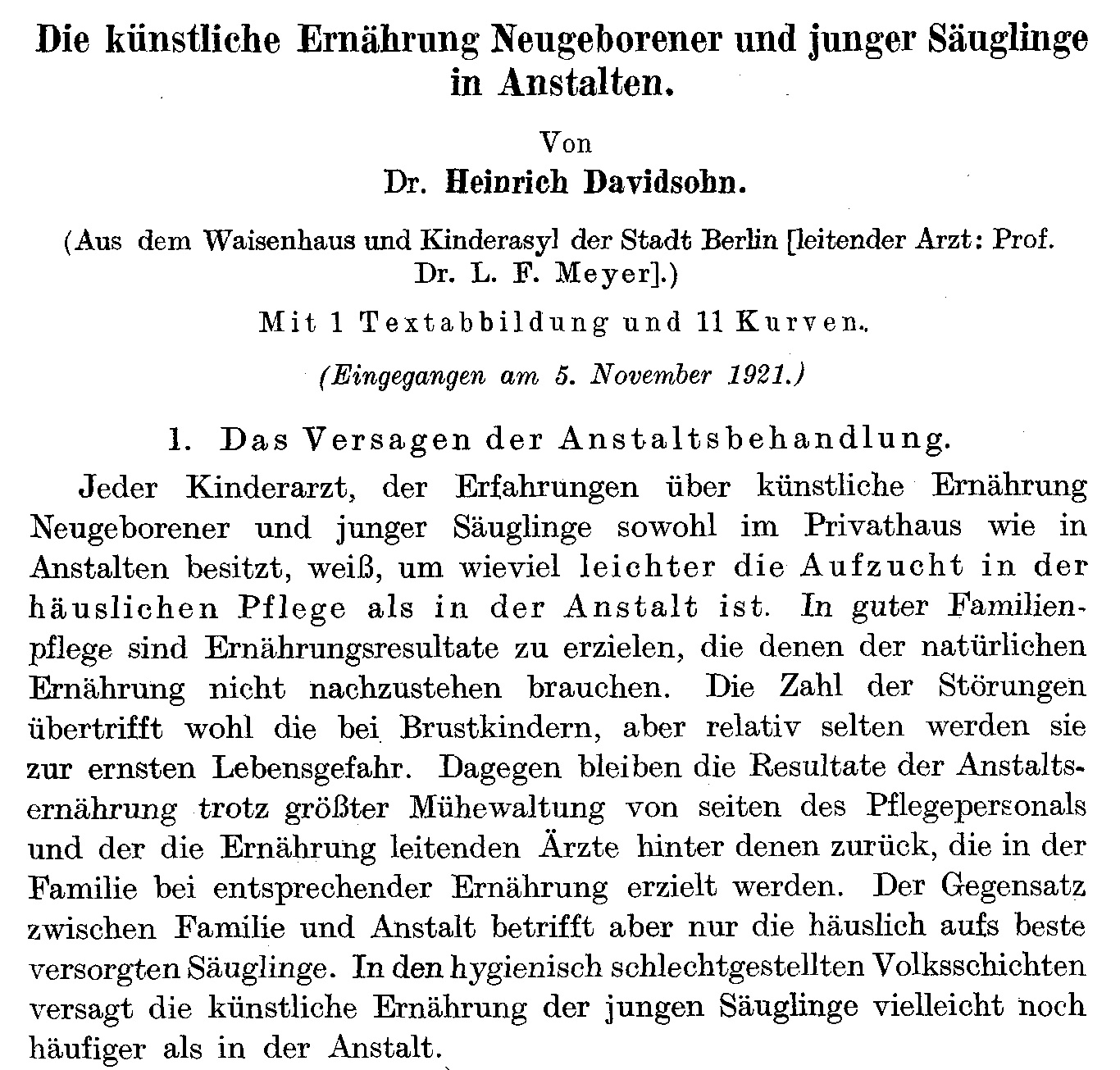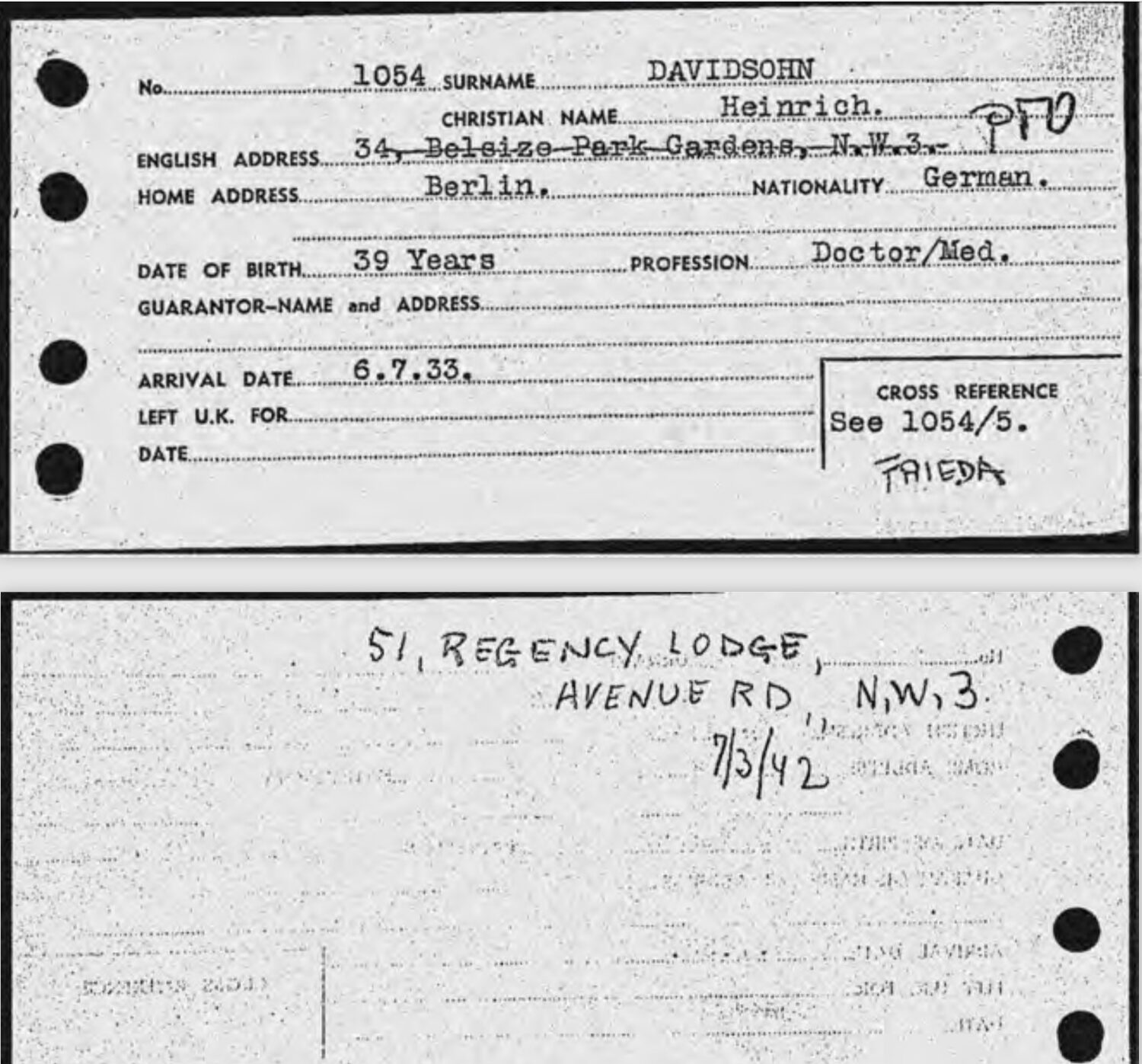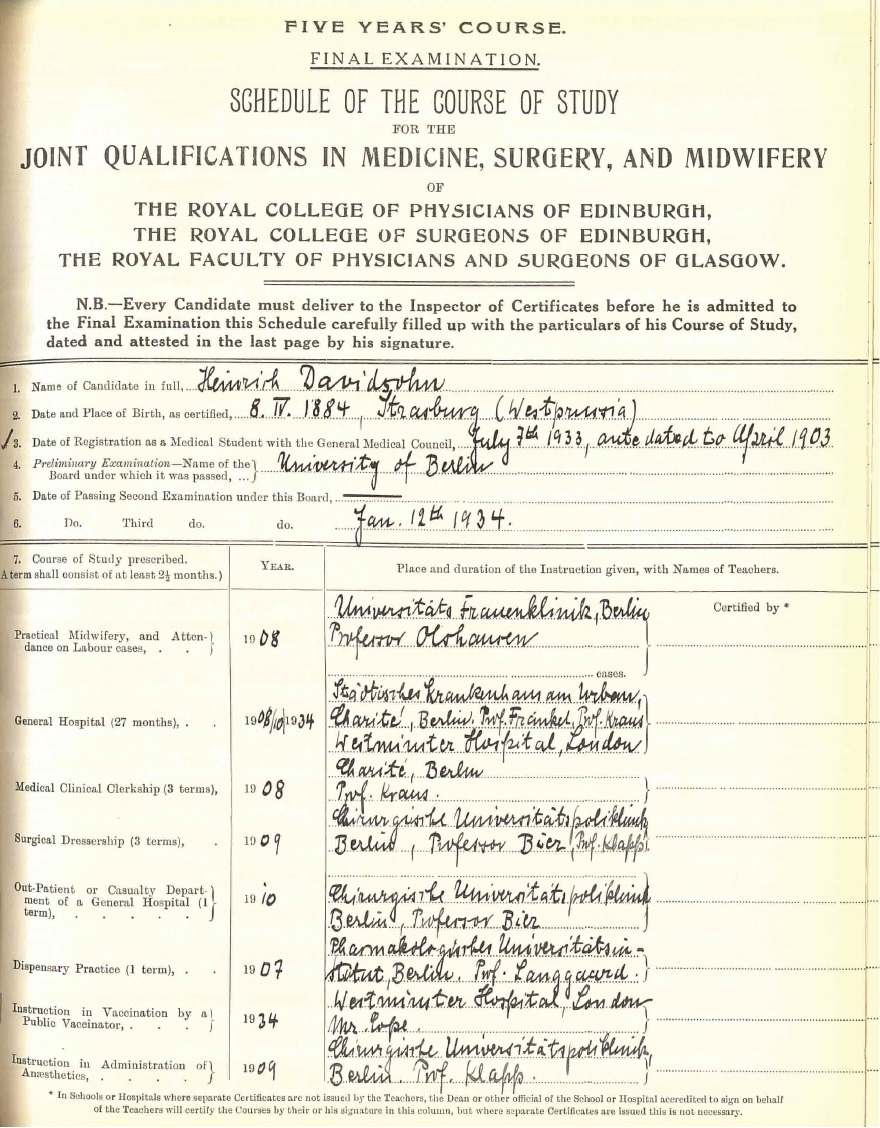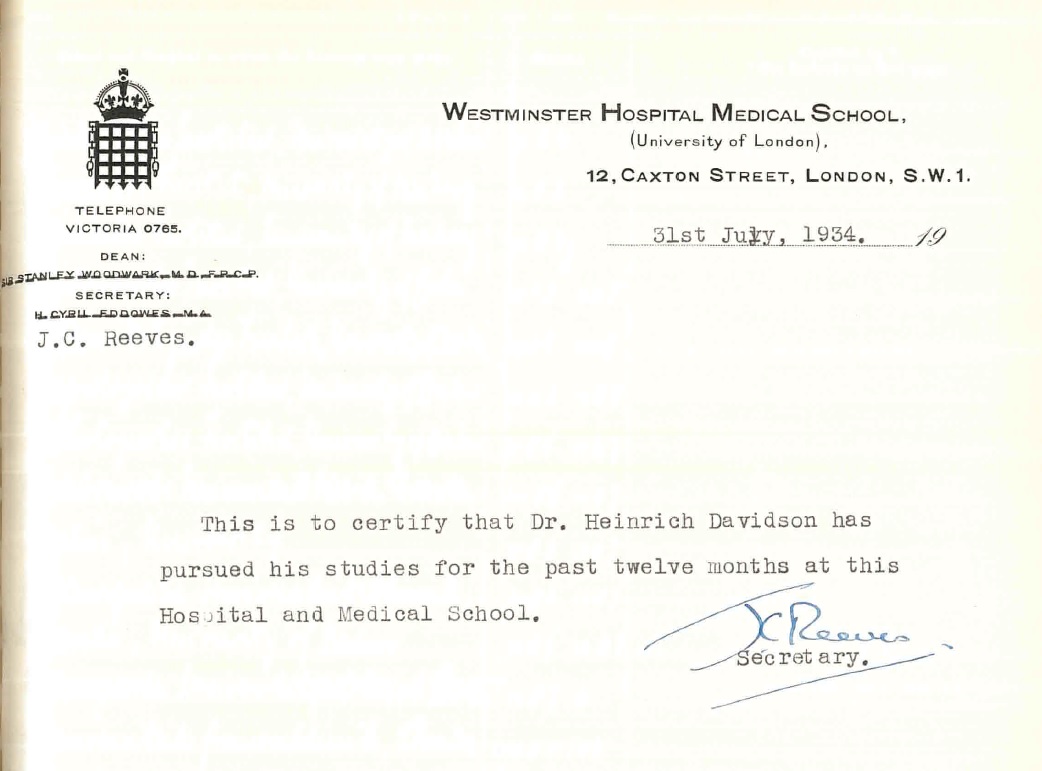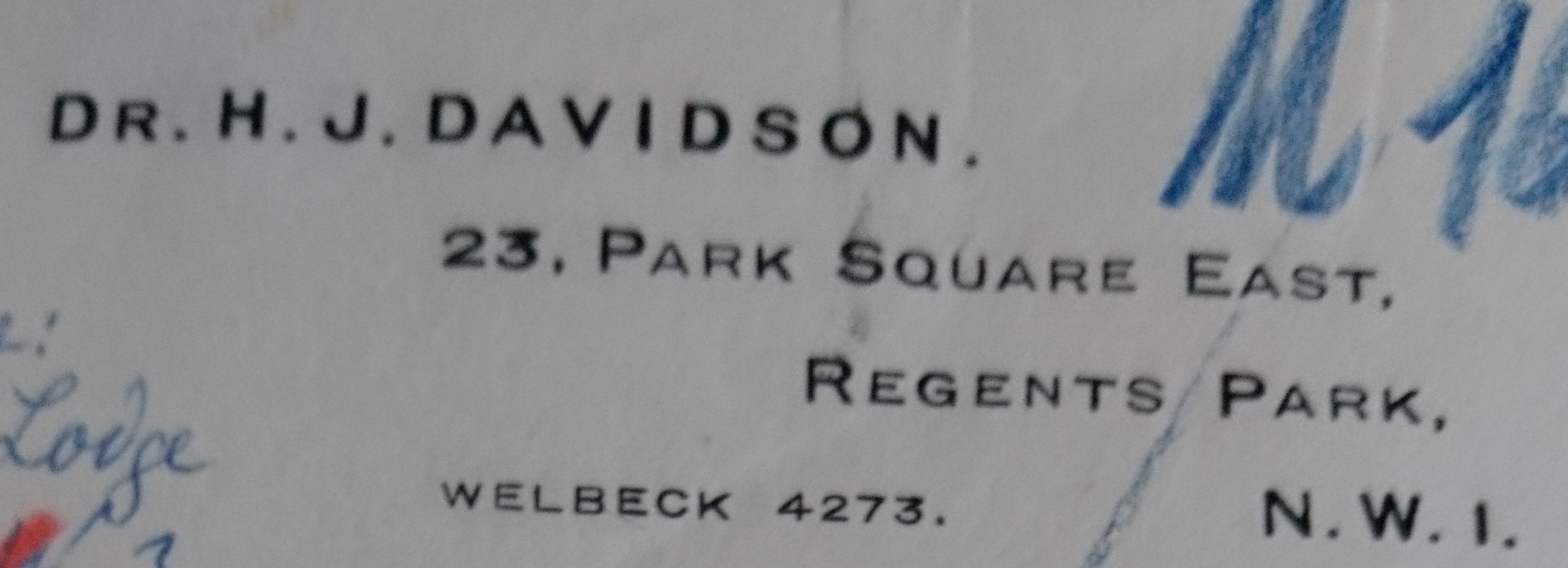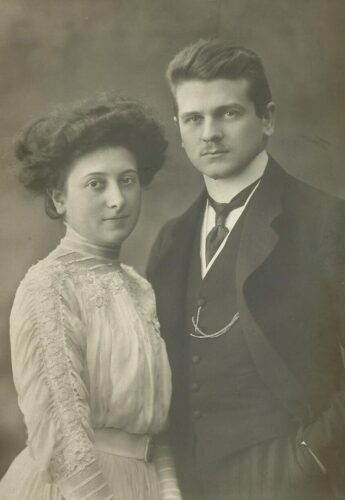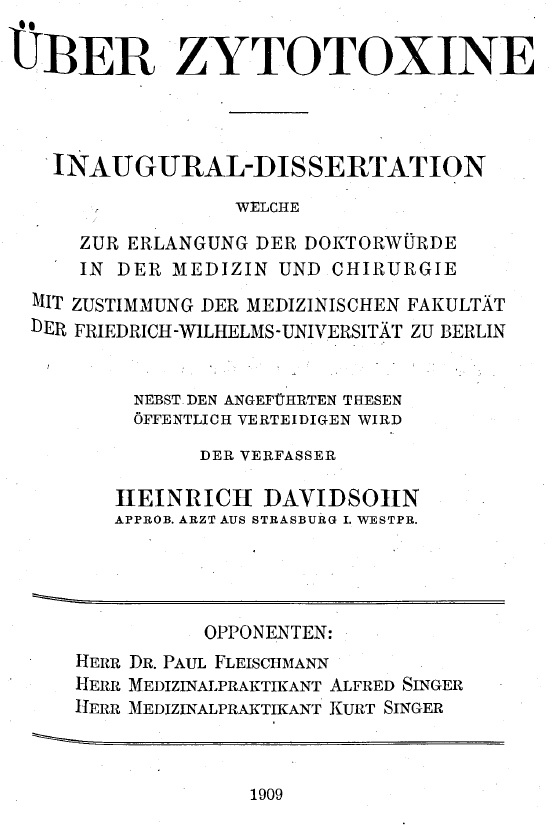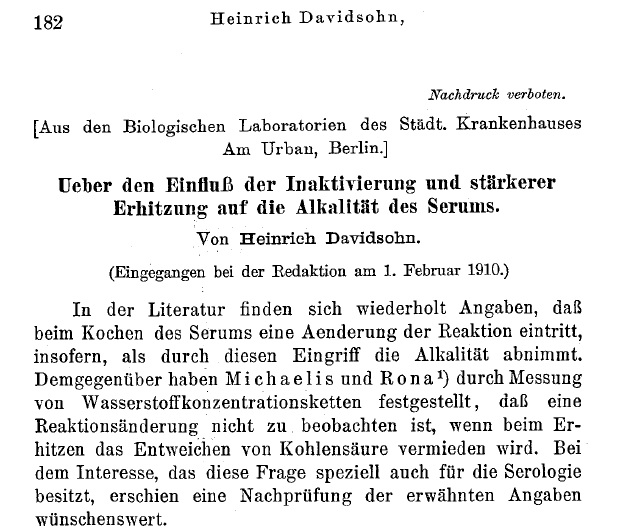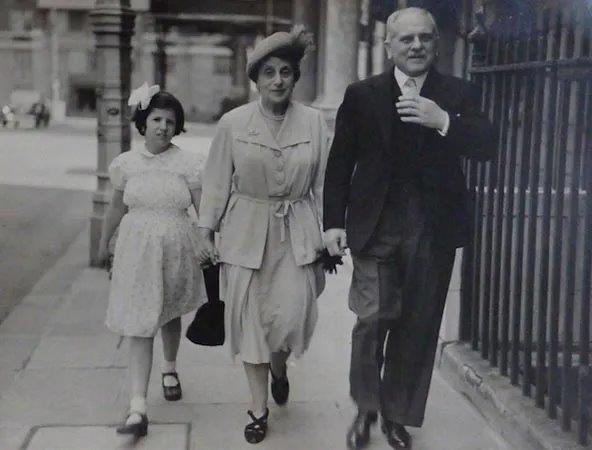Dr. med. Henry J. Davidson
- Strasburg/Brodnica, former West Prussia, Poland, 08.04.1884
- London, 30.11.1963
- Member since 1929
- Escaped to England in 1934
- Berlin
- Specialist in internal medicine and childhood diseases
Heinrich Davidsohn was born on April 8, 1884, as the son of the merchant Hermann Davidsohn and his wife Johanna, née Ascher, in Strasburg, former West Prussia.
Education and place of work
Heinrich Davidsohns parents moved from West Prussia to Berlin around 1890. He attended the Königstädtisches Realgymnasium in Berlin and later on the Berlinisches Gymnasium zum Grauen Kloster, where he passed his Abitur in Easter 1903.
He studied medicine in Freiburg i. Breisgau since Sommer 1903. Following the first semester he moved to Berlin. From October 1, 1905, to April 1, 1906, Heinrich Davidsohn did military service in Munich and was able to complete the first clinical semesters at the same time. Returning to Berlin, he passed the state examination in medicine at the Friedrich-Wilhelms-University in May 1908 and received his doctorate one year later , May 14, 1909, with a thesis “Über Zytotoxine “.The opponents in Davidsohn’s public defense of his doctoral thesis were Paul Fleischmann, later working at First Department of Internal Medicine, Charité Berlin, who would emigrate to England in 1936, and the later neurologist and musicologist Kurt Singer, who founded the Jewish Cultural Association in 1933. Kurt Singer died in the Theresienstadt/Terezin Ghetto in February 1944. In 1909 Davidsohn received his license (Approbation) to practice medicine. He married Frieda Heller, born 1886 in Berlin, in the same year. Davidsohn worked as a medical assistant in the outpatient clinic of the Department of Surgery, Charité Berlin and in the outpatient clinic of the Department of Internal Medicine, Charité, [II. Medizinische Universitätsklinik, Berlin].
Since 1910 he had a practice in Berlin and also worked in the Children’s Asylum of the city of Berlin/Municipal Orphanage on Kürassierstrasse in Berlin-Kreuzberg with Heinrich Finkelstein and later with Ludwig F. Meyer. In addition, he did research in the biological-biochemical laboratory at the Berlin Urban Hospital with the well-known internist and biochemist Leonor Michaelis, with whom he published a joint contribution on the method of determining gastric acidity and the importance of the hydrogen ion concentration in gastric juice. A focus of Davidsohns scientific interests was related to nutrition and the physiology and pathology of gastric digestion in newborns and infants. Davidsohn specialized early in internal medicine and pediatrics.
He took an active part in World War I until November 1918. He was temporarily a French prisoner of war.
In 1919, Davidsohn published his highly acclaimed and often quoted article on the effects and consequences of starvation on children under the conditions of World War I, especially on orphans in the city of Berlin. In the 1920s and early 1930s he successfully ran a large family practice in Berlin-Schoeneberg. Davidsohn had his own X-ray laboratory for diagnostics and employed two assistants.
1933
Following the transfer of power to the National Socialists in January 1933, Heinrich Davidsohn and his family experienced discrimination against the Jewish population. He recognized the consequences of the anti-Jewish measures under the Nazi dictatorship early on and was already looking for ways to leave the country. He registered in England as early as July 6, 1933, to obtain a requalification certificate and a license to practice medicine there. On June 30, 1934, Davidsohn, his wife Frieda and his 15-year old daughter Lilli deregistered officially in Germany (police administration Berlin) on June 30, 1934.
The family found refuge in England. Heinrich Davidsohn learned the English language quickly and caught up on the English state examination in a very short time. He was allowed to practice medicine by a license of Westminster Hospital Medical School, London, and obtained certificates in Edinburgh (L.R.C.P., L.R.C.S.) and Glasgow (L.R.F.P.S.).
Davidsohn, who took the name Henry John Davidson in England, was able to start work as a General Practitioner in London in the second half of 1935. The X-ray machine used in Berlin was transported to England in 1934. It was a valuable diagnostic tool for Davidson in his London practice. When the National Health Service (NHS) was formed in 1948, Henry J. Davidson was 64 years old. Because of his age, he was not allowed to work for the NHS. From then on he ran a private practice until the mid-1950s. Since 1948 Henry J. Davidson practiced at Park Square East, Regent’s Park.
In 1946, the Davidson couple adopted the then 7-year-old orphan Liliane Dreifuss, whose parents had died in the Bergen-Belsen concentration camp as a result of incarceration and starvation. Liliane Dreifuss survived the concentration camp and the transport from Bergen-Belsen on April 9/10, 1945, in one of the three “lost trains” to the east and the time after liberation, despite the consequences of imprisonment and severe malnutrition.
Henry Davidson died on December 2, 1963 at the age of 79 in London. Henry and Frieda Davidson, who died in 1973, are buried in the grounds of Golders Green Crematorium, located opposite Golders Green Jewish Cemetery in north London.
Three of Heinrich Davidsohn’s siblings, sisters Therese Elias and Frieda Rappaport and brother Julius Davidsohn, were murdered in the Holocaust in Auschwitz and Theresienstadt. Three other sisters, Hulda Gutermann, Gertrude Ephraim and Else Levy, were able to escape from Germany and ended up in Peru, Brazil and England.
Acknowledgements
We are especially grateful to Lilian Levy, London, the adopted daughter of Henry and Frieda Davidson for important information about the life of the Davidsohn/Davidson family.
We are very grateful too to Henry and Frieda Davidsons granddaughter, Canda Smith, and her two siblings for their great help, for valuable documents and for their contributions to the large Davidsohn family.
Biography translated by Harro Jenss
Sources and Further Reading
Sources